The recipe for Rogue Compost starts with the Rogue Valley’s finest natural ingredients
The Rogue Valley is a wonderland of plant life — home to oak woodlands, evergreen forests and grassy meadows. With our unique location surrounded by mountains and foothills, the Rogue Valley boasts a mild climate that allows for a long growing season. From home gardens and flowerbeds to commercial orchards, farms and vineyards, Rogue Compost is the ideal compost because it’s made from Rogue Valley leaves, grass clippings and other local plant material. But how is it made? How does it go from deciduous tree and neighborhood lawn to nutrient-rich compost?
From Yard Debris to Sustainable Compost
It all starts with the leaves, grass clippings, woody materials and flowers found in yards and gardens throughout the area.
As lawns are mowed, shrubs are pruned, leaves are raked and gardens are weeded, these natural materials make their way to our curbside green-lid yard debris recycling carts.
Each week, the fleet of Rogue Disposal & Recycling yard debris trucks pick up yard debris at the curb, where it gets mixed with yard debris from homes across the Rogue Valley.
After the yard debris trucks dump their organic material loads, contaminants are removed and the material is shredded. Water is added for moisture and the material is formed into windrows.
For the next 12 to 18 months, the temperature is monitored, water is applied as needed and the windrows are periodically turned. Finished compost is screened a final time, then prepared for sale — in bags and in bulk — ready to help grow lawns, flowers and vegetables, starting the cycle over again.
- 1
- 2
- 3
- 4
- 5
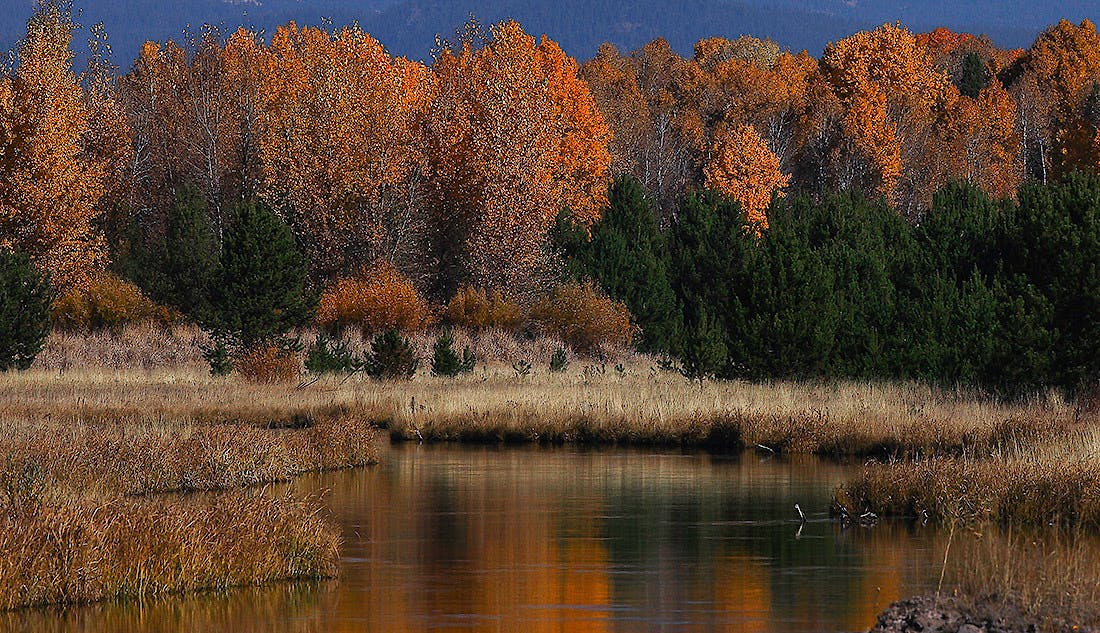
From yard debris to sustainable compost
Ever wonder what Rogue Disposal & Recycling does with all the leaves, grass clippings and yard debris they collect during the year? They become a nutritious part of Rogue Compost — naturally. Here’s how it happens:
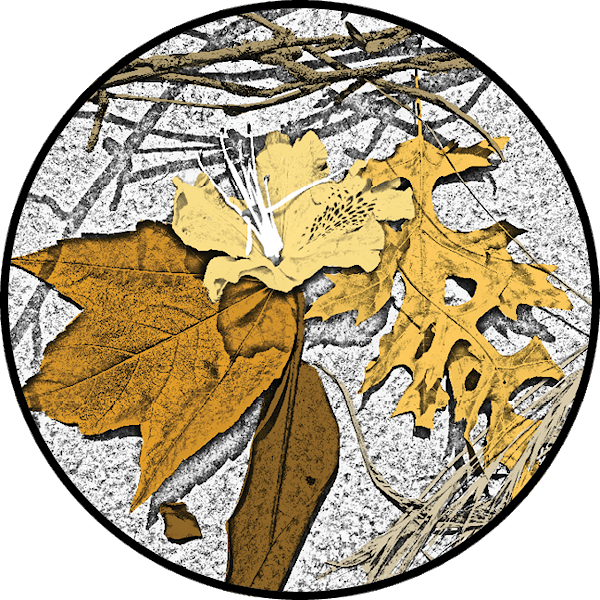
Step 1
It all starts with the leaves, grass clippings, woody materials and flowers found in yards and gardens throughout the area.
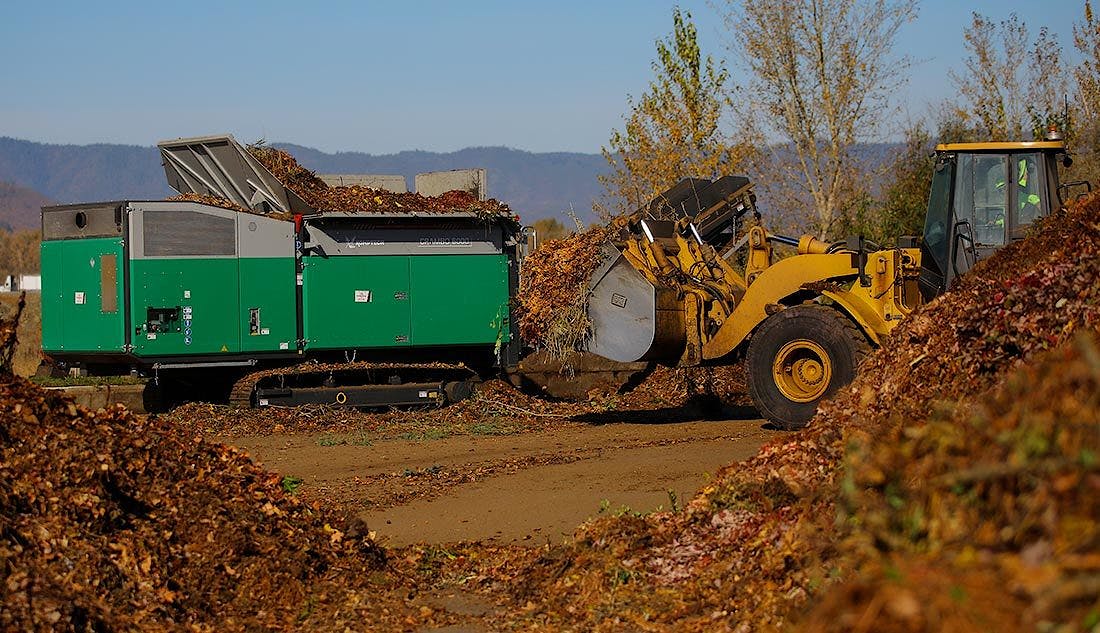
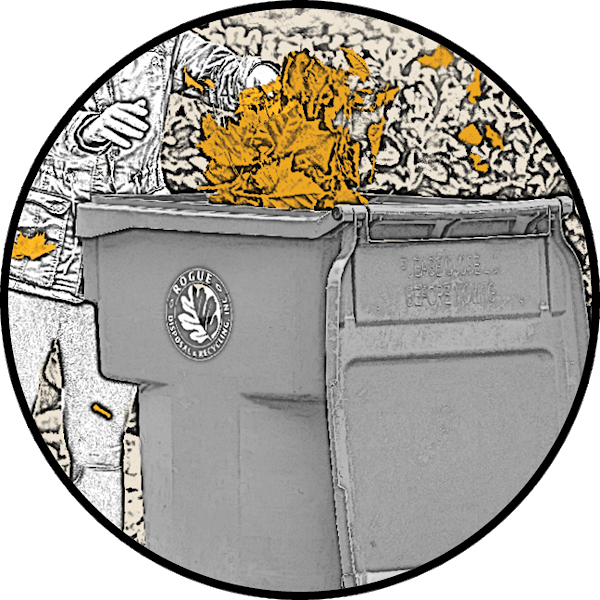
Step 2
As lawns are mowed, shrubs are pruned, leaves are raked and gardens are weeded, these natural materials make their way to our curbside green-lid yard debris recycling carts.
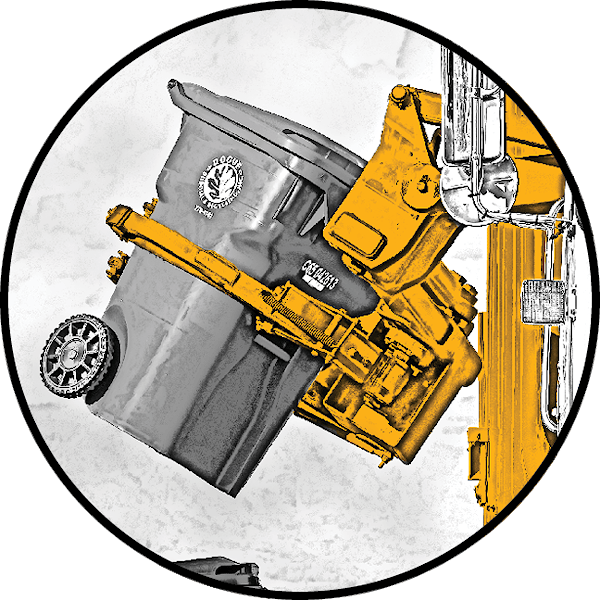
Step 3
Each week, the fleet of Rogue Disposal & Recycling yard debris trucks pick up yard debris at the curb, where it gets mixed with yard debris from homes across the Rogue Valley.
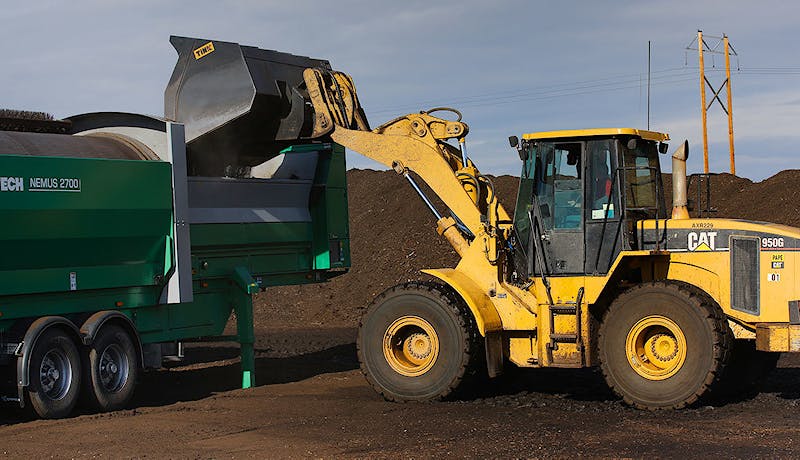
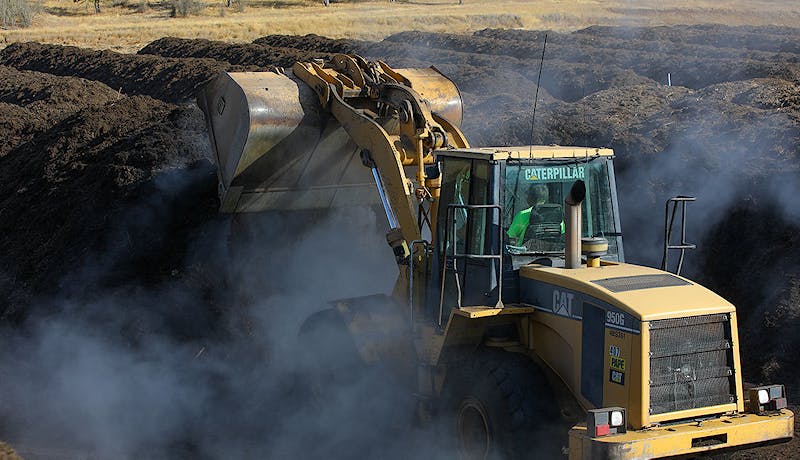
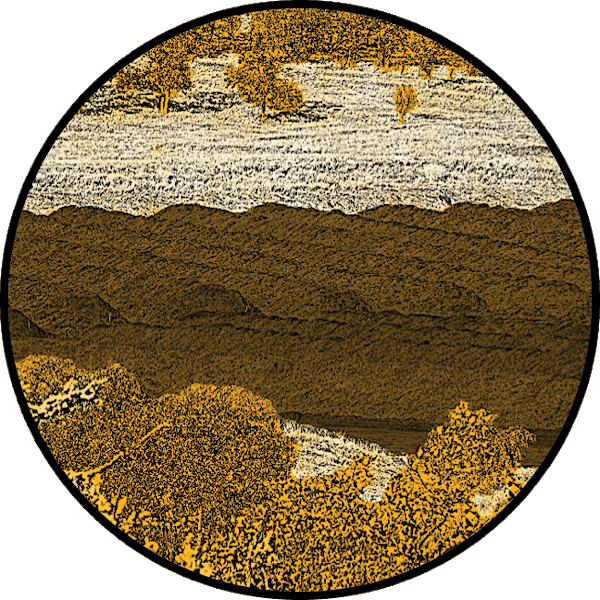
Step 4
After the yard debris trucks dump their organic material loads, contaminants are removed and the material is shredded. Water is added for moisture and the material is formed into windrows.
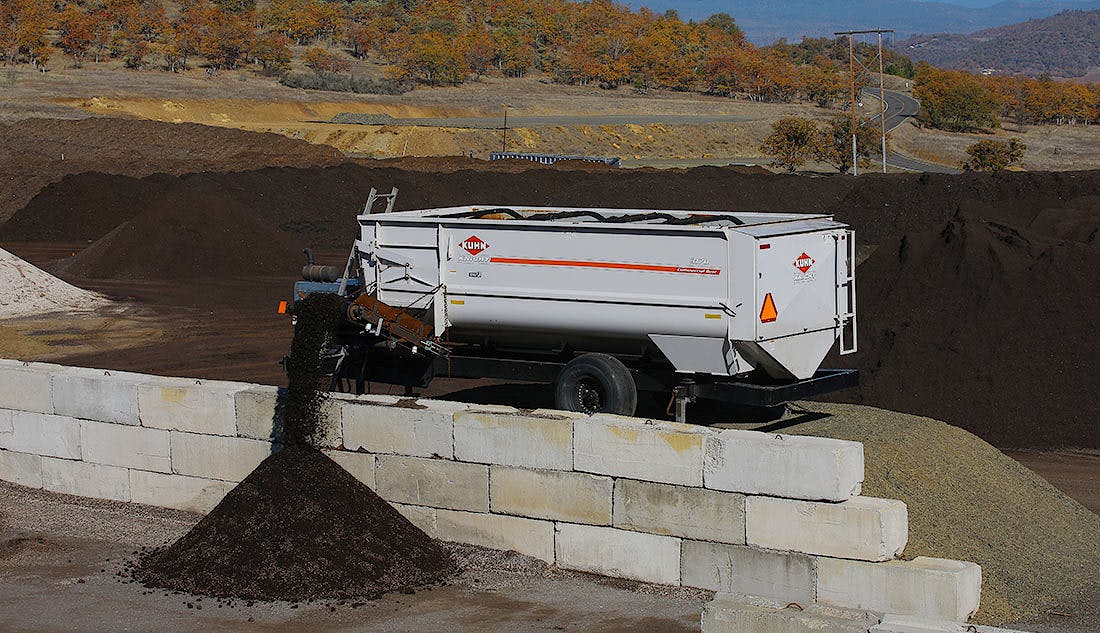
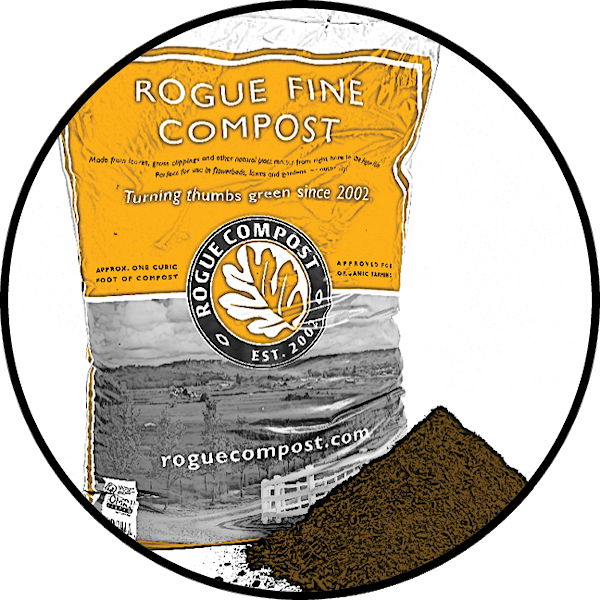
Step 5
For the next 12 to 18 months, the temperature is monitored, water is applied as needed and the windrows are periodically turned. Finished compost is screened a final time, then prepared for sale — in bags and in bulk — ready to help grow lawns, flowers and vegetables, starting the cycle over again.
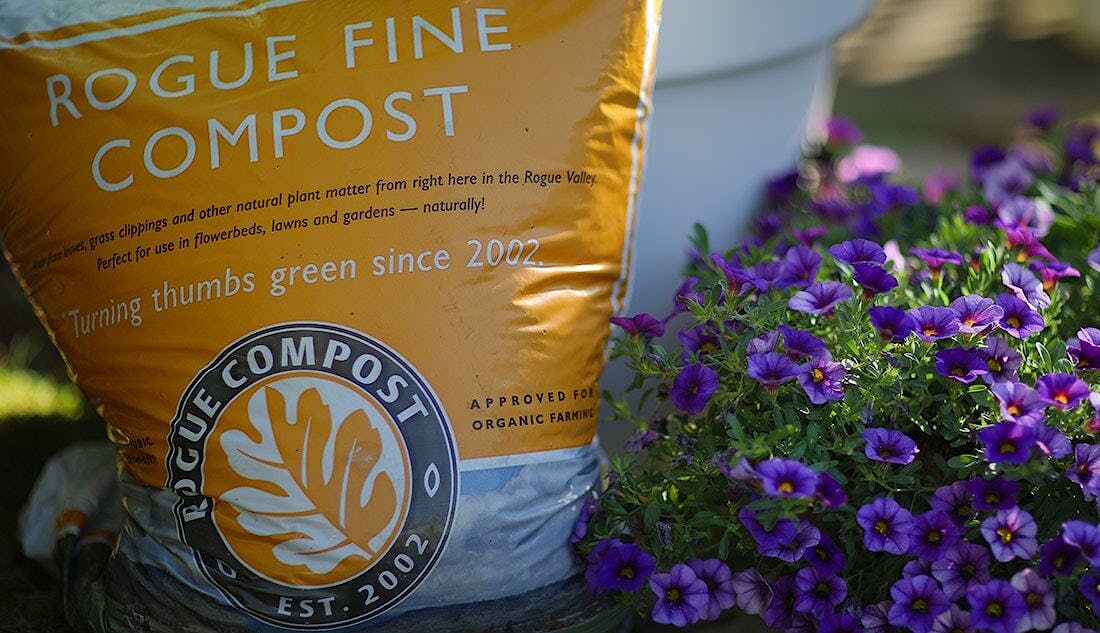
Buying in bulk? We deliver!
Whether you need 2 yards or 200 yards, we can deliver Rogue Compost right to your door. See why the best compost for here is the compost from here.
